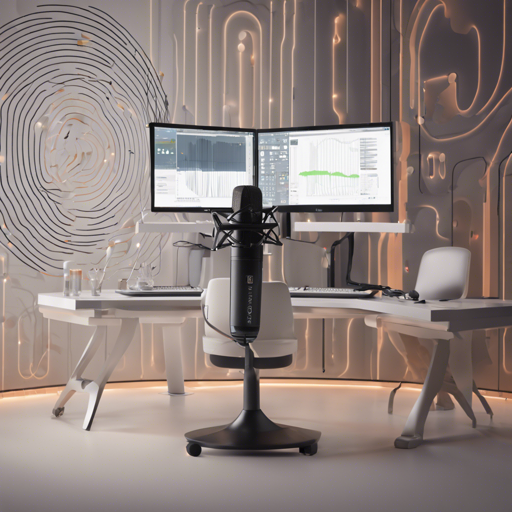The world of voice conversion has taken a leap forward with the Beatrice 2 Trainer. This powerful and completely free VST tool allows you to transform your voice into diverse styles while keeping latency low and performance efficient. In this guide, we’ll walk through the setup and execution steps to harness this innovative technology.
Prerequisites
Before diving in, you’ll need the following:
- A machine with an installed GPU is recommended for efficient model training, as it is resource-intensive.
- If a GPU isn’t available, you can utilize Google Colab by following the instructions in the Beatrice Trainer Colab Repository.
Getting Started
Let’s kick things off by setting up the Beatrice Trainer.
1. Clone the Repository
Use Git to download the repository:
git lfs install
git clone https://huggingface.co/fierce-cats/beatrice-trainer
cd beatrice-trainer2. Set Up Your Environment
Install the dependencies using Poetry or pip:
poetry install
poetry shell
# Alternatively, using pip
pip3 install -e .Ensure the installation is successful by checking help with:
python3 beatrice_trainer -h3. Prepare Your Training Data
Your training data needs to be organized in a specific directory structure:
your_training_data_dir/
├── alice
│ ├── alices_wonderful_speech.wav
│ └── alices_excellent_speech.flac
└── bob
├── bobs_fantastic_speech.wav
├── bobs_speeches/
│ └── bobs_awesome_speech.wavEach speaker should have their own directory, ensuring easy access to their audio files.
4. Training Your Model
To start training, specify the directories for input and output:
python3 beatrice_trainer -d your_training_data_dir -o output_dirYou can monitor the training progress using TensorBoard:
tensorboard --logdir output_dir5. After Training
Once training completes successfully, you’ll find a new directory in your output folder named like paraphernalia_(data_dir_name)_(step). This can be loaded into the official VST or VC Client for real-time voice conversion.
Troubleshooting Common Issues
If you encounter issues during the setup or training process, consider these troubleshooting steps:
- Ensure that your directory structures are correct as described above.
- Verify that all required dependencies are installed. Run the environment setup commands again if necessary.
- If you experience memory issues, consider reducing the batch size or processing in chunks.
- For a seamless experience, ensure that both TensorBoard and the training scripts are correctly configured.
For more insights, updates, or to collaborate on AI development projects, stay connected with fxis.ai.
Understanding the Code Through Analogy
Consider the training process like baking a cake. Each ingredient represents a different part of the training data:
- **Flour (Training Data)**: Just as you need flour to create a solid base for your cake, you need well-structured training data.
- **Sugar (Hyperparameters)**: Adjusting the sugar affects the sweetness; similarly, tweaking hyperparameters can yield varying results in model performance.
- **Eggs (Neural Networks)**: Eggs hold everything together—much like how neural networks integrate varied data inputs to form a cohesive output.
- **Baking Time (Training Time)**: Too short a bake can lead to a raw cake, while overbaking can ruin it—training for the right duration is crucial!
Final Thoughts
At fxis.ai, we believe that such advancements are crucial for the future of AI, as they enable more comprehensive and effective solutions. Our team is continually exploring new methodologies to push the envelope in artificial intelligence, ensuring that our clients benefit from the latest technological innovations.
Now, let’s get vocal and start transforming your voice using the Beatrice Trainer!

